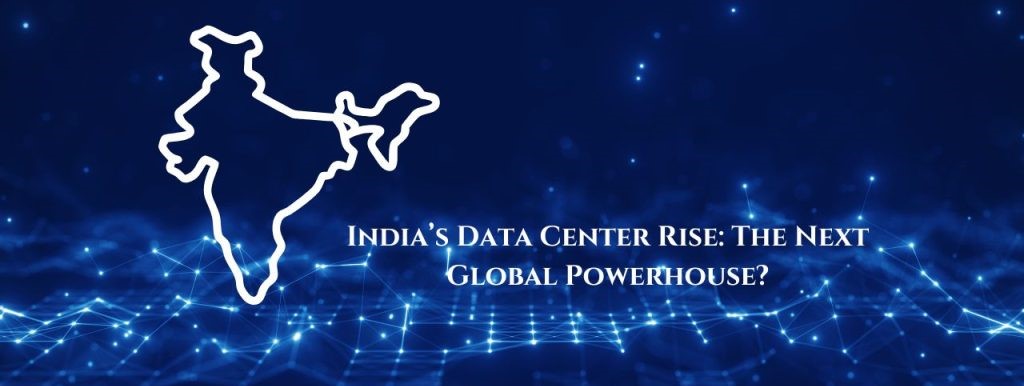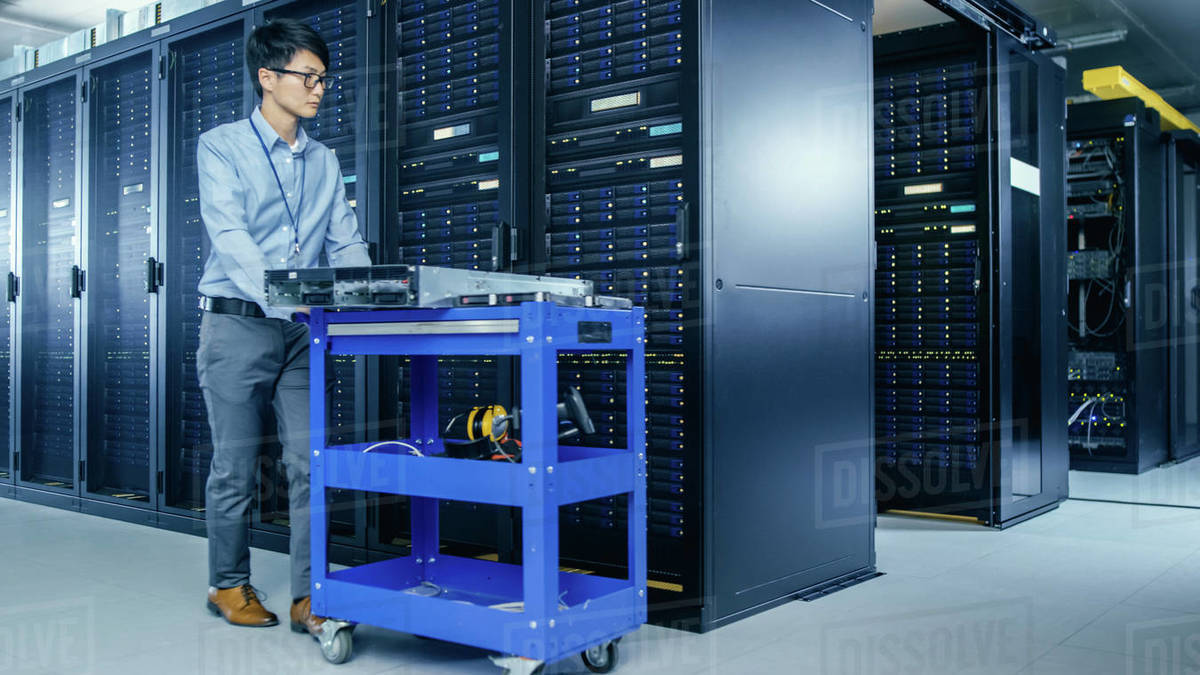cooling challenges, managing these systems effectively is not just an operational necessity—it’s a strategic advantage.
India’s Data Center Landscape: Growing Fast, Growing Hot
According to a JLL report, India's data center capacity is expected to cross 1.4 GW by 2025, more than doubling from current levels. Hyperscale campuses are being built in cities like Chennai, Mumbai, Hyderabad, Pune, and Noida, while edge and modular data centers are proliferating across Tier-2 towns.
However, India’s hot and humid climate, especially in coastal and central regions, makes conventional cooling techniques less efficient. Combine this with increasing rack densities and 24/7 uptime requirements, and the pressure on infrastructure becomes intense.
Key Power & Cooling Challenges in the Indian Context
- High Ambient Temperatures: Cities like Chennai, Mumbai, and Hyderabad regularly touch 40°C, pushing cooling systems to their limits.
- Grid Instability in Tier-2 Regions: Power supply can be inconsistent, making backup systems essential—but also more expensive.
- Energy Costs: Data centers consume 30–50 times more energy per square foot than typical commercial buildings. In India, electricity tariffs vary by state and can significantly impact OpEx.
- Sustainability Pressures: Regulatory push and corporate ESG goals are mandating a shift toward green energy and carbon neutrality.
Best Practices in Power and Cooling Management
1. Adoption of Liquid Cooling and Direct-to-Chip Systems
With rising rack densities and AI workloads, traditional air-cooling systems are no longer sufficient. Direct-to-chip liquid cooling and immersion cooling are emerging as viable solutions in Indian hyperscale environments.
- Case in point: Yotta Infrastructure has begun evaluating immersion cooling techniques for its Mumbai and Noida campuses to support high-performance computing workloads.
2. Renewable Power Integration
Companies like AdaniConneX, CtrlS, and STT GDC India are committing to sourcing 50–100% of their power from solar and wind farms over the next 3–5 years.
- STT GDC India, for example, has signed long-term green energy PPAs in Maharashtra and Tamil Nadu to reduce its carbon footprint while ensuring consistent power supply.
3. AI-Driven Cooling Optimization
Modern data centers in India are integrating AI and machine learning to monitor temperature, airflow, and energy usage in real time. These tools help identify hot spots and optimize cooling dynamically.
- Nxtra by Airtel has started deploying AI-based DCIM (Data Center Infrastructure Management) platforms across its facilities to improve power usage effectiveness (PUE).
4. Free Cooling in Specific Geographies
Though India is predominantly warm, cities like Bengaluru, Pune, and parts of the North-East offer opportunities for free air cooling during night hours and winters, reducing dependency on chillers.
5. UPS Optimization & Battery Innovations
Innovative Uninterruptible Power Supply (UPS) technologies and lithium-ion battery adoption are reducing energy wastage and extending system life cycles.
- ESDS Software recently upgraded its Nashik facility with modular UPS systems and lithium-ion banks, reducing power loss by 30%.
Spotlight: Upcoming Energy-Efficient Data Centers in India
AdaniConneX Chennai Campus
- Capacity: Up to 250 MW
- Sustainability: Designed for green power integration, modular UPS, and high-efficiency cooling with PUE target below 1.4
Yotta D1 Data Center, Navi Mumbai
- One of Asia’s largest Tier-IV DCs
- Features: AI-integrated cooling, solar-powered campus, liquid cooling pilots for GPU workloads
Microsoft Hyderabad Hyperscale Facility
- Investment: ₹15,000 crore
- Design: LEED-certified campus with renewable power sourcing, water-efficient cooling towers, and automated HVAC systems
Conclusion: Sustainable Infrastructure for a Digital Bharat
As India becomes a data superpower, effective power and cooling management will be central to ensuring reliable, cost-efficient, and sustainable operations in data centers. With innovations in green energy, AI, and thermal management, Indian data centers are well on their way to becoming global benchmarks in resilience and energy efficiency.
However, collaboration between policymakers, utilities, technology providers, and infrastructure players will be crucial in tackling future energy challenges and building an inclusive, climate-resilient digital economy.
Sources & References
- JLL India: India Data Center Market Update H2 2023
- Nasscom & MeitY: Future of Sustainable Data Centers in India
- STT GDC, Yotta Infrastructure, AdaniConneX official press releases
- Economic Times, DataQuest India, Livemint coverage of Indian data center developments
- Interviews from BIF 2023 (Business Infrastructure Forum)
.png)



.png)


